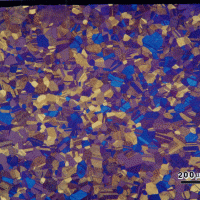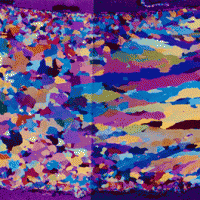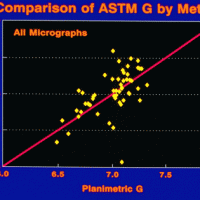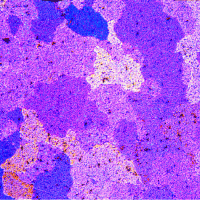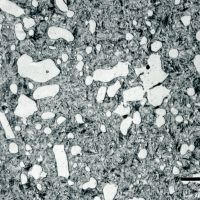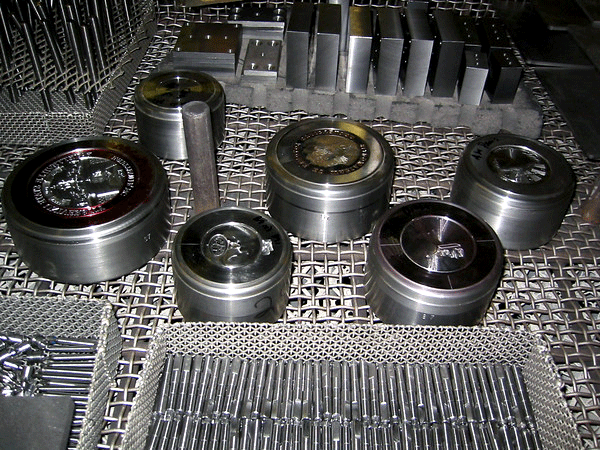Relatively few metallographers work with precious metals, other than those used in electronic devices. Precious metals are very soft and ductile, deform and smear easily, and are quite challenging to prepare. Pure gold is very soft and the most malleable metal known. Alloys, which are more commonly encountered, are harder and somewhat easier to prepare.
Gold is difficult to etch. Silver is very soft and ductile and prone to surface damage from deformation. Embedding of abrasives is a common problem with both gold and silver and their alloys. Iridium is much harder and more easily prepared. Osmium is rarely encountered in its pure form; even its alloys are infrequent subjects for metallographers. Damaged surface layers are easily produced and grinding and polishing rates are low. It is quite difficult to prepare. Palladium is malleable and not as difficult to prepare as most of the precious metals. Platinum is soft and malleable. Its alloys are more commonly encountered. Abrasive embedment is a problem with Pt and its alloys. Rhodium is a hard metal and is relatively easy to prepare. Rh is sensitive to surface damage in sectioning and grinding. Ruthenium is a hard, brittle metal that is not too difficult to prepare.

